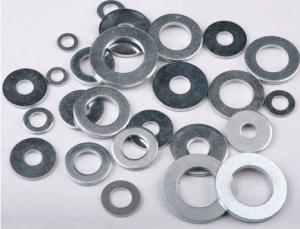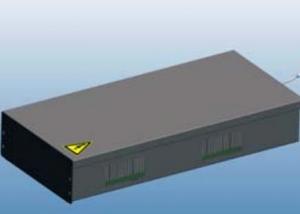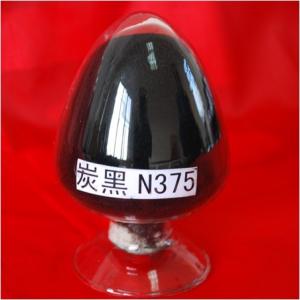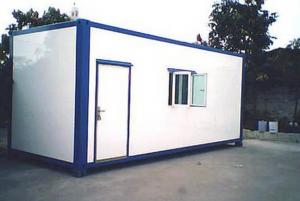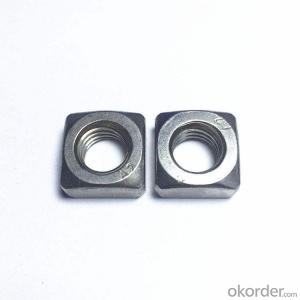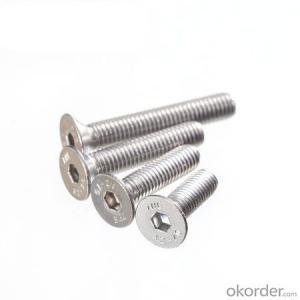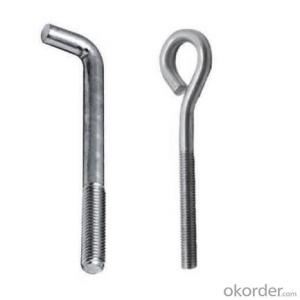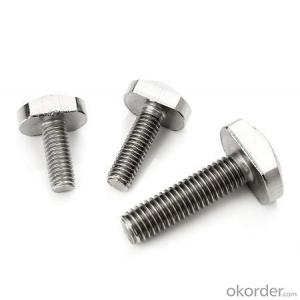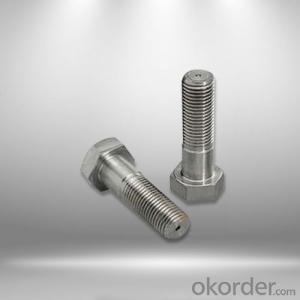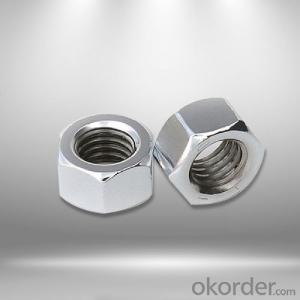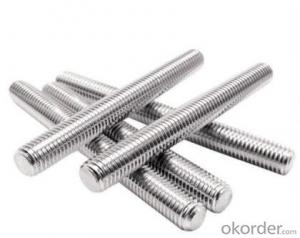omniksol m248
omniksol m248 Related Searches
Omniksol M248 Omniksol 2.0K-Tl2 En10025 S235Jr Amerisolar 250W Datasheetomniksol m248 Supplier & Manufacturer from China
Omniksol M248 is a comprehensive range of products that includes high-quality, versatile, and efficient solutions for various industrial applications. These products are designed to meet the demands of different sectors, ensuring optimal performance and reliability. The M248 series encompasses a wide array of components, such as sensors, controllers, and communication devices, which are engineered to work seamlessly together, providing a robust and scalable solution for complex systems.The application and usage scenarios of Omniksol M248 are vast, making it an ideal choice for industries such as manufacturing, automation, and process control. This product line is particularly useful in environments where precision and efficiency are paramount, such as in the monitoring and management of production lines, the control of machinery, and the optimization of energy consumption. By leveraging the advanced features of Omniksol M248, businesses can enhance their operational capabilities, reduce downtime, and improve overall productivity.
As a leading wholesale supplier, Okorder.com offers a vast inventory of Omniksol M248 products, ensuring that customers have access to the components they need to maintain and upgrade their systems. With a strong commitment to customer satisfaction, Okorder.com provides competitive pricing, fast shipping, and excellent customer service, making it the go-to source for Omniksol M248 products. Whether you are looking to expand your existing setup or build a new system from the ground up, Okorder.com is your reliable partner for all your Omniksol M248 requirements.
Hot Products
